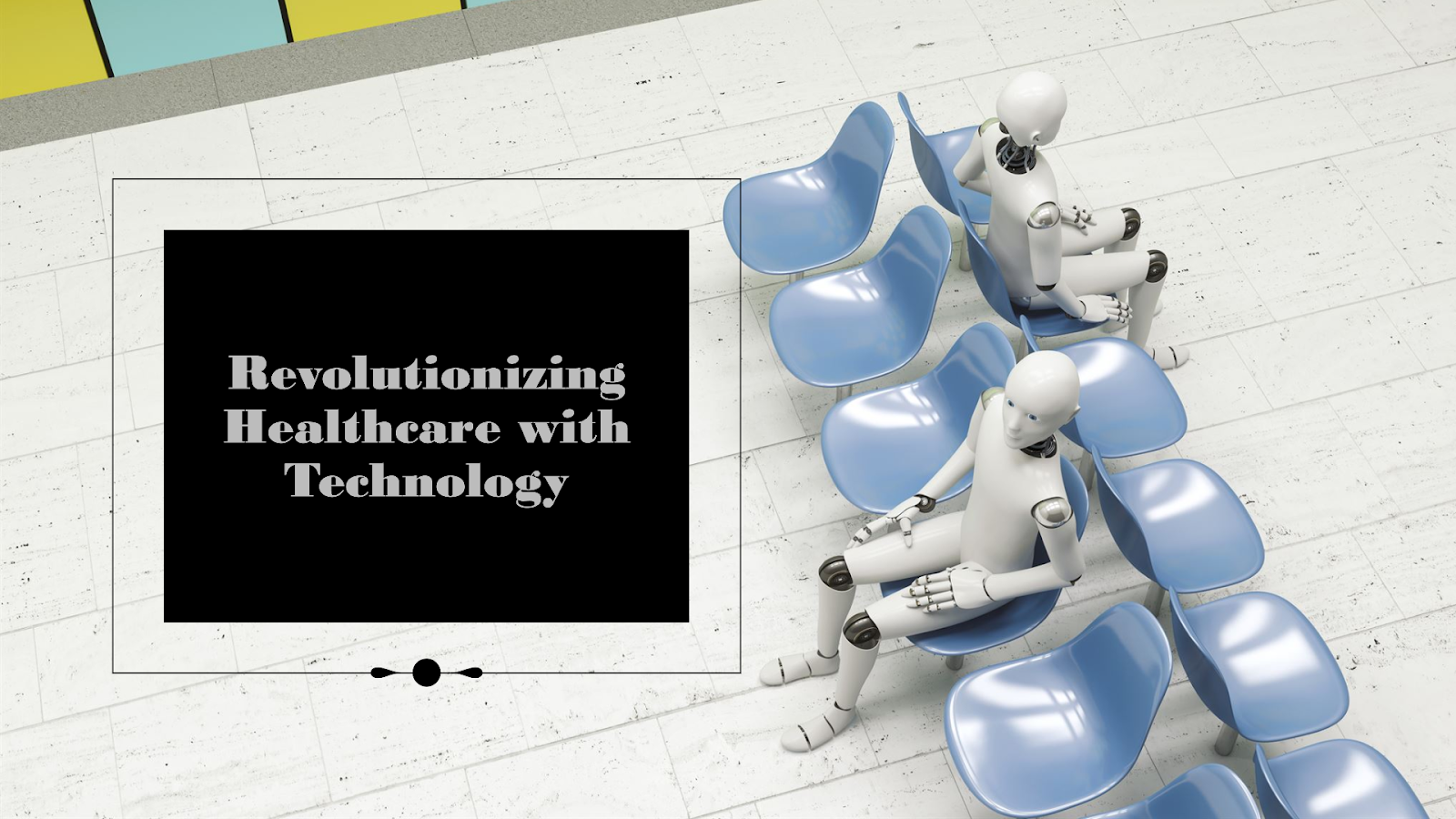
Introduction to Patient Satisfaction Studies
Patient satisfaction is a crucial metric in Bio-pharma research, used to assess the effectiveness of treatments, therapies, and healthcare systems. Traditionally, these studies relied on qualitative data gathered from interviews, focus groups, and written surveys. However, with recent technological advancements, patient satisfaction studies are becoming more efficient, insightful, and globally accessible.
Technological Advancements in Patient Satisfaction Research
Technology plays a vital role in improving the entire process of patient satisfaction research. From survey design to data collection and analysis, innovations in technology are making these studies more accurate and easier to conduct. In countries like Mexico, Brazil, and other LATAM regions, these technologies help overcome logistical challenges and ensure better engagement with patients.
At PRO PHARMA RESEARCH ORGANIZATION, we understand the complexities of conducting reliable patient satisfaction studies. We offer services such as survey design, data collection, informed consent management, and quality of life evaluations to ensure the integrity of your research.
What is Patient Satisfaction?
Patient satisfaction is not just a feeling; it involves multiple dimensions of healthcare. These include the quality of interactions with healthcare professionals, the physical environment, treatment outcomes, and the overall patient experience. One of the most widely used models to measure patient satisfaction is SERVQUAL, which assesses the gap between patient expectations and their perceptions of care quality.
The SERVQUAL model focuses on five key dimensions:
- Tangibles: The physical appearance of healthcare facilities, staff, and equipment.
- Reliability: The ability to deliver services accurately and dependably.
- Responsiveness: The willingness to assist patients and provide timely services.
- Assurance: The competence and courtesy of healthcare providers.
- Empathy: Offering personalized care and attention to individual patients.
How Technology Enhances Patient Satisfaction Studies?
Dynamic Survey Design for Richer Insights
Technology has made survey design more flexible and adaptable. Traditional surveys were often static and didn’t capture the full range of patient experiences. Now, digital tools allow for dynamic surveys that change based on real-time responses. This adaptability allows researchers to explore patient concerns in more detail, providing richer and more actionable data.
For instance, if a patient mentions dissatisfaction with a specific aspect of care, follow-up questions can be generated to explore the issue in depth. This level of customization wasn’t possible with paper-based surveys.
Real-Time Data Collection and Instant Feedback
Before technology, collecting patient feedback was often a lengthy process. Paper surveys had to be manually entered and analyzed, which was both time-consuming and prone to errors. Now, electronic data capture (EDC) systems and mobile apps allow researchers to collect data quickly and accurately.
Real-time data collection enables researchers to analyze trends almost immediately. For example, if a healthcare provider experiences a surge in complaints about wait times, corrective measures can be implemented immediately to improve the patient experience.
The Impact of Mobile Health (mHealth) Tools
The rise of smartphones and mobile health (mHealth) apps has greatly enhanced patient engagement. mHealth tools allow for continuous monitoring of patient experiences and satisfaction. Patients can provide feedback through mobile surveys sent via SMS or apps after each healthcare interaction, such as a doctor’s visit or medication receipt.
This immediacy ensures that researchers receive authentic feedback and helps reduce recall bias. Additionally, it improves the patient experience by making the feedback process more accessible and less intrusive.
Artificial Intelligence (AI) and Machine Learning in Research
Artificial Intelligence (AI) and machine learning are increasingly being incorporated into patient satisfaction studies. These technologies help analyze large datasets and identify patterns that may not be immediately visible through traditional methods. For example, sentiment analysis can track changes in patient satisfaction over time by analyzing emotional tones in feedback.
By analyzing data from surveys, social media, and call centers, AI helps companies gain a deeper understanding of patient experiences. This allows Bio-pharma companies to identify recurring issues and address them proactively.
Ethical Standards and Informed Consent
Informed consent is an essential part of any research study. Today, technology has streamlined the process, making it easier for patients to understand and consent to studies. Electronic consent platforms allow patients to review consent forms, sign them digitally, and ask any questions they may have about the study.
These tools are especially beneficial in regions like Mexico, Brazil, and LATAM, where logistical or language barriers previously limited participation. Moreover, these digital platforms ensure that ethical standards are upheld and patient privacy is protected throughout the study.
Conclusion
The integration of technology in patient satisfaction studies has improved how Bio-pharma companies gather, analyze, and act on patient feedback. Dynamic surveys, real-time data collection, mobile health tools, and AI-driven insights provide a deeper understanding of patient satisfaction. These advancements have made it possible for companies to obtain more accurate results and broaden participation, especially in regions like Mexico, Brazil, and LATAM.
At PRO PHARMA RESEARCH ORGANIZATION, we offer innovative solutions to help you conduct patient satisfaction studies. Our services, including survey design, data collection, informed consent management, and quality of life evaluations, are designed to help you gain actionable insights.
Contact Us Today
Are you ready to conduct a patient satisfaction study using the latest technology and ethical standards? Contact PRO PHARMA RESEARCH ORGANIZATION today to learn more about how we can help you improve patient care through data-driven insights.
Recommended topics

- May 5
- 3 minutes read read
- Services

- May 5
- 3 minutes read read
- Services

- May 5
- 4 minutes read read
- Services

- May 5
- 4 minutes read read
- Services

- May 5
- 4 minutes read read
- Services

- May 5
- 4 minutes read read
- Services

- May 5
- 4 minutes read read
- Services

- May 5
- 4 minutes read read
- Services

- May 5
- 4 minutes read read
- Services

- May 5
- 3 minutes read read
- Services

- Apr 11
- 4 minutes read read
- Services

- Apr 11
- 4 minutes read read
- Services

- Apr 11
- 5 minutes read read
- Services

- Apr 11
- 4 minutes read read
- Services

- Apr 11
- 4 minutes read read
- Services

- Apr 11
- 4 minutes read read
- Services

- Apr 11
- 4 minutes read read
- Services

- Apr 11
- 4 minutes read read
- Services

- Apr 11
- 4 minutes read read
- Services

- Apr 11
- 4 minutes read read
- Services

- Mar 16
- 4 minutes read read
- Services

- Mar 16
- 3 minutes read read
- Services

- Mar 16
- 3 minutes read read
- Services

- Mar 16
- 3 minutes read read
- Services

- Mar 16
- 3 minutes read read
- Services

- Mar 16
- 3 minutes read read
- Services

- Mar 16
- 3 minutes read read
- Services

- Mar 16
- 4 minutes read read
- Services

- Mar 16
- 4 minutes read read
- Services

- Mar 16
- 3 minutes read read
- Services

- Feb 27
- 3 minutes read read
- Services

- Feb 27
- 3 minutes read read
- Services

- Feb 27
- 5 minutes read read
- Services

- Feb 27
- 4 minutes read read
- Services

- Feb 27
- 4 minutes read read
- Services

- Feb 25
- 3 minutes read read
- Services

- Feb 25
- 3 minutes read read
- Services

- Feb 25
- 4 minutes read read
- Services

- Feb 25
- 3 minutes read read
- Services

- Jan 29
- 3 minutes read read
- Services

- Jan 29
- 4 minutes read read
- Services

- Jan 29
- 3 minutes read read
- Services

- Jan 29
- 4 minutes read read
- Services

- Jan 29
- 4 minutes read read
- Services

- Jan 29
- 4 minutes read read
- Services

- Jan 29
- 4 minutes read read
- Services

- Jan 29
- 6 minutes read read
- Services

- Jan 29
- 3 minutes read read
- Services

- Jan 29
- 4 minutes read read
- Services

- Jan 29
- 4 minutes read read
- Services

- Jan 29
- 4 minutes read read
- Jobs

- Jan 29
- 4 minutes read read
- Services

- Jan 2
- 4 minutes read read
- Services

- Jan 2
- 3 minutes read read
- Services

- Dec 30
- 3 minutes read read
- Services

- Dec 30
- 3 minutes read read
- Services

- Dec 28
- 3 minutes read read
- Services

- Dec 23
- 3 minutes read read
- Services

- Dec 22
- 3 minutes read read
- Services

- Dec 22
- 3 minutes read read
- Services

- Dec 22
- 4 minutes read read
- Services

- Dec 22
- 3 minutes read read
- Services

- Dec 21
- 2 minutes read read
- Services

- Dec 21
- 3 minutes read read
- Services

- Dec 21
- 3 minutes read read
- Services

- Dec 21
- 4 minutes read read
- Services

- Dec 21
- 4 minutes read read
- Services

- Dec 21
- 4 minutes read read
- Services

- Dec 21
- 3 minutes read read
- Services

- Dec 21
- 3 minutes read read
- Services

- Dec 21
- 2 minutes read read
- Services

- Dec 21
- 3 minutes read read
- Services

- Dec 21
- 4 minutes read read
- Services

- Nov 27
- 3 minutes read read
- Services

- Nov 27
- 3 minutes read read
- Services

- Nov 25
- 4 minutes read read
- Services

- Nov 18
- 3 minutes read read
- Services





